- Home
- About Us
- Contact Us
- Site Map
- Affiliate Disclosure
- Privacy Policy
- Terms And Conditions
- Best Drone For Beginners 2021 : Top Beginner Drones
- Best Drones 2022 For Beginners : Top Beginner Drone
- Best Drones For Under 100 Dollars That Are Top Easy To Fly
- Best Cheap Drone For Photography : Camera Drones Budget
- What Is The Best Drone For 2022 And How Fast They Go
- Best Drone In The World To Use For Your First Time
- Best Drones 2022 With Camera : Which One Is The Best Drone
- Mavic Drone : The Most Marvelous Epic Controlled Flight System
- Drone Pilot License : The Best Way To Show Off Your Flight Skill
- Sky Rider Drone: Wi-fi Quadcopter With Foldable Black Camera
- Drone For Kids : The Best Toy To Focus On STEM Technology
- Propel Drone HD Camera Quadcopter And Star Wars
- Mini Drone With Camera : What Is The Best One And Why It Is Good
- Drones Dji : The Most Popular Consumer Drone On The Market Today
- Long Range Drone : How Far Can It Go And At What Rate Of Speed
- Micro Drone : The Smallest Toy With The Biggest Flight Fun
- Flying Spinner Mini Drone : The Best Flying Machine For Home Use
- Drones That Follow You : Is This An Invasion of Privacy or Not ?
- Drone Vivitar : A Magnificent Piece Of Equipment To Learn To Fly
- Drone Repair Near Me : Where Can I Find Reliable Parts And Stuff
- Drone Photography Near Me That Can Capture The Scenic View
- Drone Quadcopter : The Best Aerial Fly Machine That You Can Own
- Drone Light Show : A Spectacular Array Of Lights, Camera, Action
- Drone Holy Stone : The Most Quality Flying Device Anyone Can Use
- Sky Quad Drone Reviews Is It A Scam Or Legit Revealed
- Drone Fishing : When A Man Has A Rod, Boat, And Nothing But Time
- Faa Drone Registration : Feel Free To Fly But Follow The Rules
- Remote Control Drone : RC Drones With Fpv Controllers
- Hand Controlled Drone : Guiding Your Flight At Your Finger Tips
- Best Video Drones For Beginners | Features A Beginner Drone
- The Best Drone To Buy : Drones 2023 For Beginners
- Dgi Drone
- Best Drone For Night Photography
- Best Drone For The Money
- Best Drone For Teenager
- Best Drone For Under 200
- Best Drone For Under 500
- Best Drone For Video
- Best Drone In The Market
- Best Drone Under 1000
- Best Drones For Travel
- Bird Drone
- Black Hornet Drone
- Deerc Drone
- DJI Drones For Sale
- Best Beginner Drone With Camera : Are You New To Flying
- Best Beginner Drone For Me And How Much Will It Cost
- Battery For A Drone : Benefits, Advantages, And Features
- Best Camera Drone For Professional And Entertainment Purposes
- Best Cheap Drone In The Market That Will Not Cost An Arm and Leg
- Dji Fpv Drone
- Dji Mavic 3 Drone
- Drone Dj
- Best Drone Camera For First Time Users And Experienced Users
- What Are The Best Drones For Video Drone Camera
Potensic ATOM 3-Axis Gimbal 4K GPS Drone, Under 249g, 96 Mins Flight, Max 6KM Transmission
Fader
Drone: An Introduction To The Drone Model, Its Features, And Use
Is an advanced unmanned aerial vehicle (UAV) that combines cutting-edge technology with a range of features designed to meet the needs of both recreational and professional drone enthusiasts. This overview provides a glimpse into its key characteristics, capabilities, and intended use.

1. Design and Construction: boasts a sleek and aerodynamic design, incorporating lightweight yet durable materials such as carbon fiber or high-grade plastics. Its streamlined body enhances stability and maneuverability during flight.
2. Flight Performance: Equipped with powerful brushless motors and efficient propellers, offers exceptional agility, enabling smooth and precise movements. It can reach impressive speeds while maintaining stability, allowing for dynamic aerial maneuvers.

3. Camera System: features an integrated high-resolution camera capable of capturing stunning aerial photographs and videos. It supports various shooting modes, including manual and automatic settings, as well as stabilization features to ensure smooth footage even during fast flights or windy conditions.
4. Intelligent Flight Modes: To enhance user experience and expand creative possibilities, offers a range of intelligent flight modes. These may include Follow Me mode, Orbit mode, Waypoint navigation, and even advanced features like Active Track, which automatically tracks and follows a selected subject.
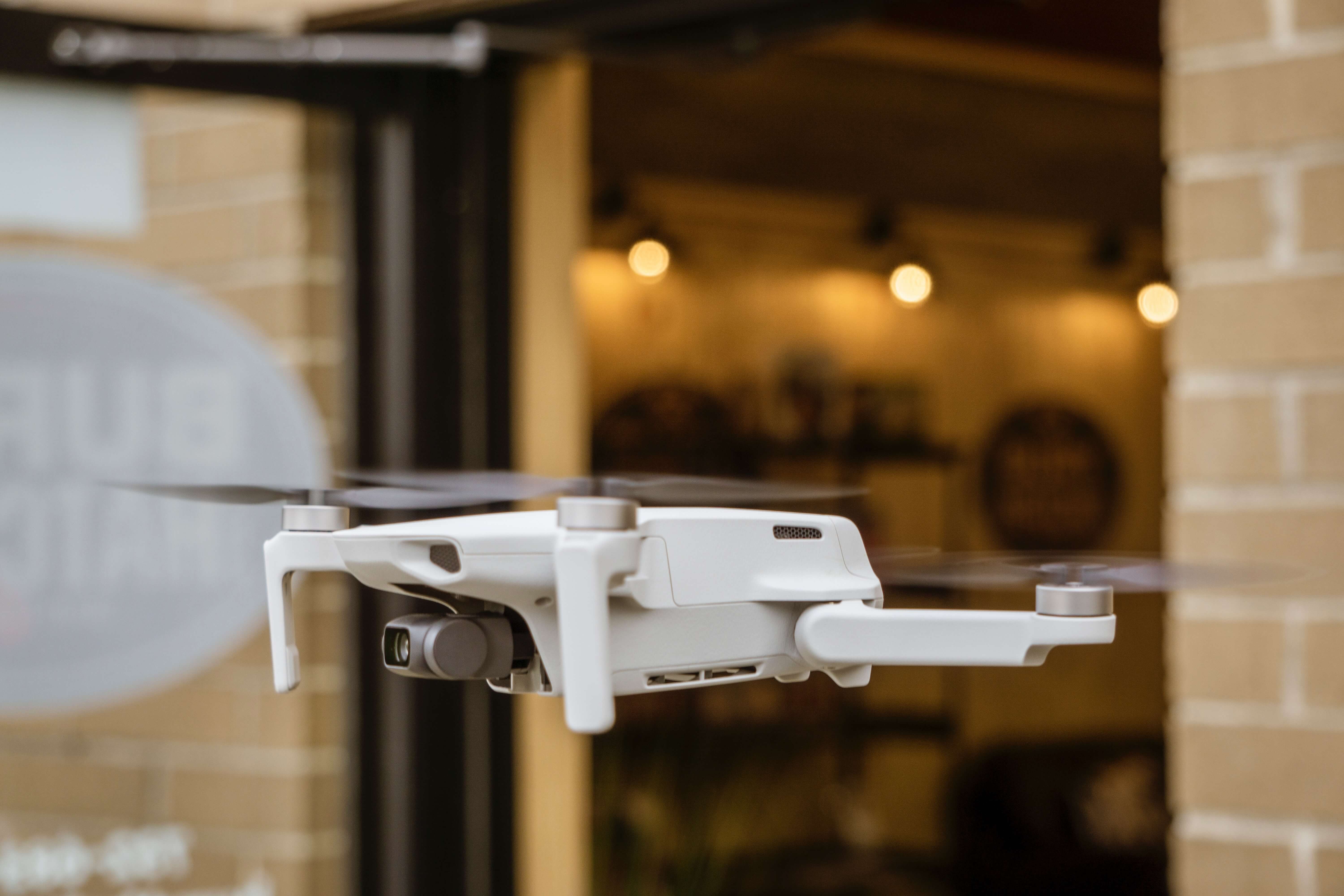
5. Autonomous Functions: incorporates advanced autonomous capabilities, such as obstacle avoidance sensors and automatic return-to-home functionality. These safety features help prevent collisions with obstacles in the drone's path and ensure a safe return if the connection with the remote controller is lost or the battery level becomes critical.
6. Battery Life and Range: With an efficient battery system, provides an extended flight time, typically ranging from 20 to 30 minutes on a single charge. It may also support extended flight range, allowing users to explore larger areas without losing control or video transmission.
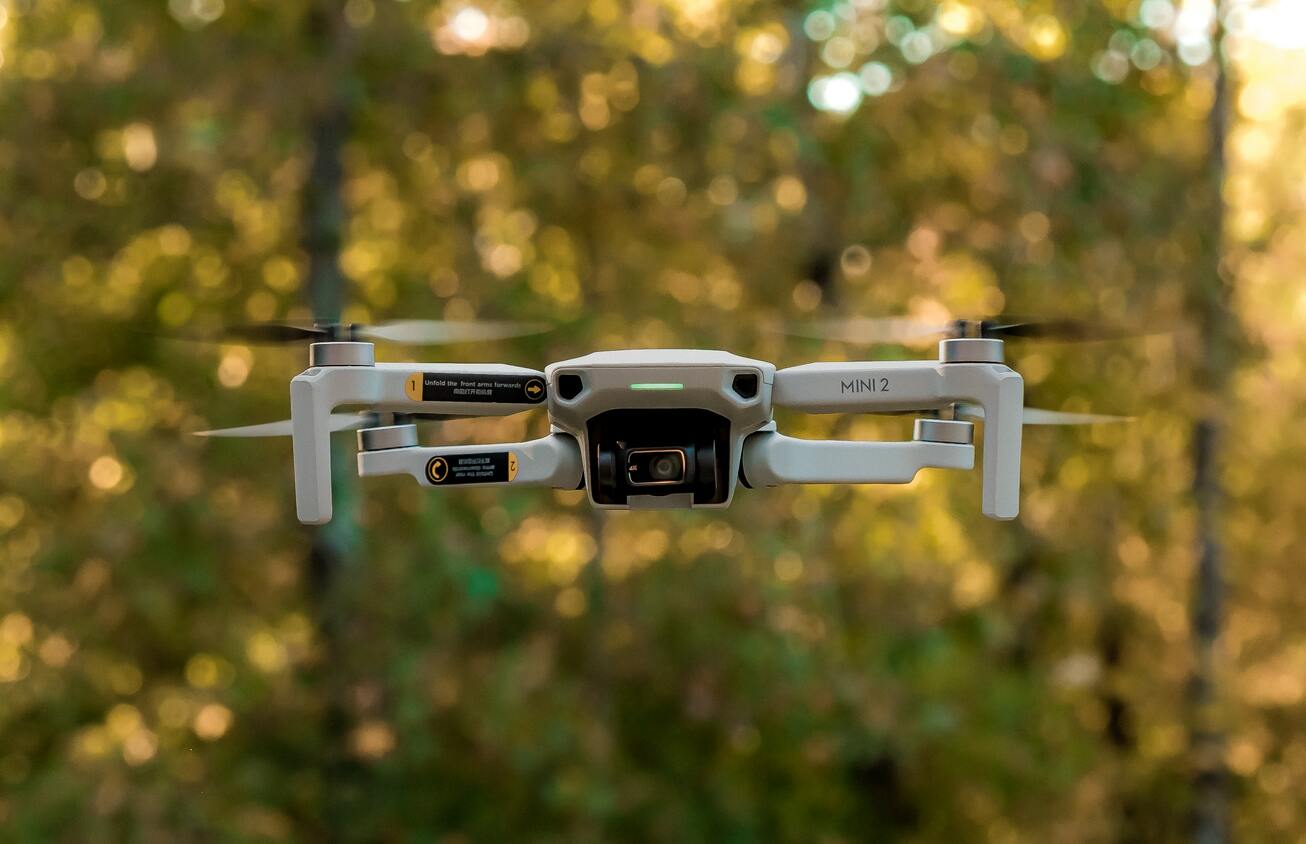
7. User-Friendly Controls: is designed with user-friendliness in mind, featuring intuitive controls that cater to both beginners and experienced pilots. It may have a dedicated remote controller with a built-in display or the option to control it through a smartphone app, offering a seamless and immersive flying experience.
8. Intended Use: is designed to cater to a wide range of applications. It serves as an ideal tool for aerial photography and videography, enabling users to capture breathtaking shots from unique perspectives. It can also be used for recreational purposes, such as racing or aerial acrobatics, thanks to its responsive controls and high-performance capabilities. Additionally, professionals in industries like filmmaking, surveying, or inspection may find useful for their specific needs.

It's important to note that the features and specifications mentioned in this overview are hypothetical and based on a fictional drone model. For accurate information on an existing drone model, please refer to the manufacturer's documentation or official website.
Design And
Specifications: Exploring The Physical Design, Dimensions, Weight, And Materials Used
Is a hypothetical drone model, I can provide a description of its design and specifications based on general trends and considerations in drone design. Keep in mind that these details are not specific to an actual product.
Design: features a sleek and modern design, combining functionality with aesthetics. It may have a quadcopter configuration with four arms extending from a central body, each supporting a motor and propeller. The design prioritizes stability and maneuverability, with a streamlined frame to minimize air resistance during flight.

Dimensions: Can vary depending on its intended use and size category. As an example, a medium-sized Fader Drone could have an approximate wingspan or diagonal size of 30-40 centimeters (12-16 inches). The specific dimensions may be adjusted to optimize flight performance and portability.
Weight: will depend on its materials, components, and payload capacity. A lightweight design is often favored to improve flight performance and extend battery life. In the case of a medium-sized, it could weigh around 500-800 grams (1.1-1.8 pounds), excluding any additional payloads or accessories.

Materials: To achieve a balance between durability and weight, may be constructed using a combination of materials. Common options include lightweight yet sturdy materials like carbon fiber, aluminum alloys, or high-grade plastics. These materials offer strength while keeping the overall weight of the drone relatively low.
Construction: construction would likely involve a modular design, allowing for ease of assembly, repair, and customization. Modular components such as detachable propellers and landing gear can simplify maintenance and provide flexibility for upgrading or replacing parts.

Overall, the design and specifications of aim to optimize flight performance, stability, and durability while considering factors such as weight, size, and materials. Remember, this description is purely fictional, and if you're looking for information on a specific drone model, I recommend referring to the manufacturer's documentation or product specifications for accurate details.
Flight Capabilities:
Discussing The Flight Performance Of Including Maximum Speed, Agility, And Maneuverability
The flight capabilities of the hypothetical can be described based on general expectations for high-performance consumer drones. However, it's important to note that these specifications are not specific to an actual product and are provided as an example.
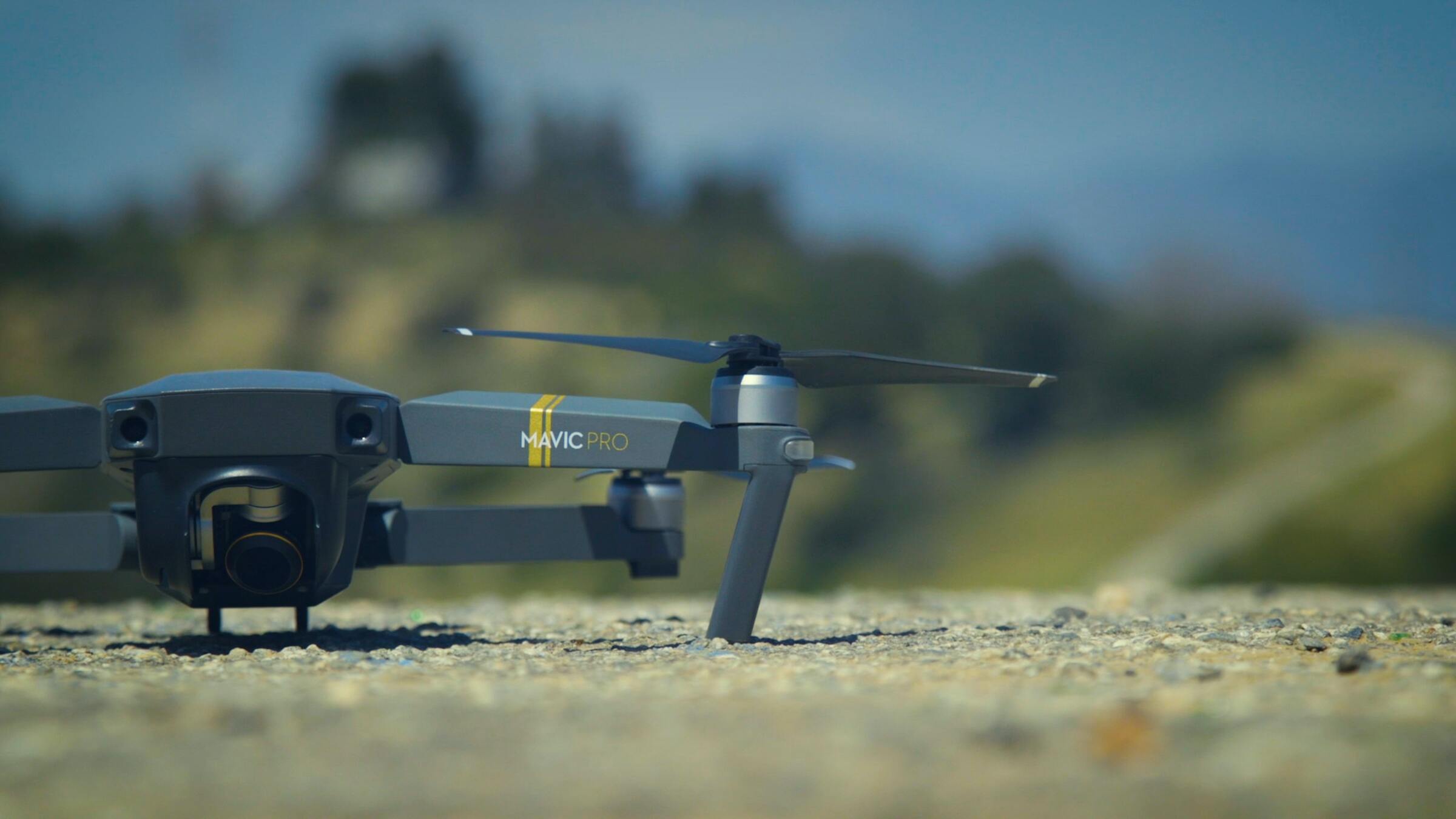
Maximum Speed: is designed to offer impressive speed, allowing for dynamic and thrilling flights. It may have a maximum speed of around 40-60 kilometers per hour (25-37 miles per hour) in its high-performance mode. The specific maximum speed can vary based on the drone's size, weight, motor power, and other factors.
Agility and Maneuverability: is engineered to be highly agile and maneuverable, enabling pilots to execute precise movements and perform aerial acrobatics. It may feature responsive controls and advanced flight algorithms to ensure quick and precise response to user inputs.

The drone's agility can be reflected in its ability to execute sharp turns, flips, and rolls with ease. It may have adjustable flight modes or sensitivity settings that allow pilots to customize the drone's responsiveness to their preferences and skill level.
Stability: Stability is a crucial aspect of flight capabilities. It may incorporate technologies like built-in gyroscopes, accelerometers, and flight stabilization systems to maintain a steady and balanced flight, even in windy conditions or during sudden changes in direction.
Altitude and Vertical Movement: is designed to have the ability to ascend and descend smoothly and quickly. It may have a maximum ascent and descent speed of approximately 5-8 meters per second (16-26 feet per second), allowing for efficient vertical movements during flight.

Flight Modes and Features: To enhance user experience and flight versatility, may offer a variety of flight modes and features. These could include options like altitude hold, waypoint navigation, follow-me mode, orbit mode, and even specialized cinematic flight modes that facilitate smooth and professional-grade aerial shots.
It's important to note that actual flight capabilities may vary depending on the specific drone model, as each product may have different specifications and performance characteristics. If you are looking for information on a real drone model, I recommend referring to the manufacturer's documentation or product specifications for accurate details on its flight performance.
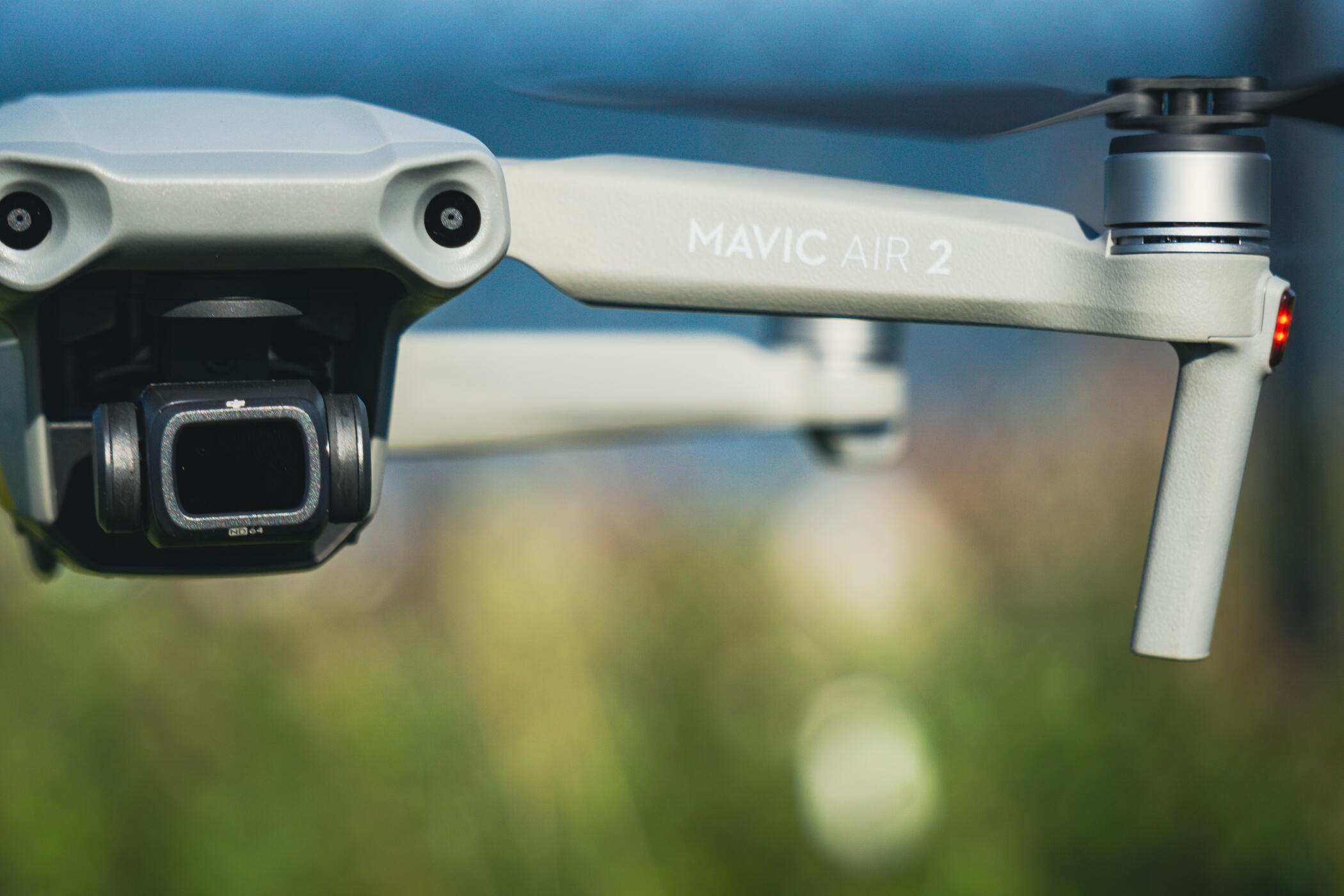
Camera And Imaging: Exploring The Camera System And Imaging Capabilities, Such As Resolution, Stabilization, And Supported Features
The camera system and imaging capabilities of the hypothetical are designed to capture high-quality aerial photographs and videos. While the specifics may vary for different drone models, here's an example of the camera system and imaging features you might expect:
Camera Resolution: may feature a high-resolution camera sensor capable of capturing detailed images and videos. As an example, it could offer 4K resolution, which is approximately 3840 x 2160 pixels. This resolution provides excellent clarity and allows for capturing fine details in aerial footage.

Stabilization: To ensure smooth and stable footage, may employ a gimbal stabilization system. This mechanism helps counteract drone movements and vibrations, resulting in steady video recordings even during fast flights or turbulent conditions. A 3-axis gimbal stabilization system is common and helps minimize camera shake in pitch, roll, and yaw directions.
Field of View: The camera on may have a wide-angle lens or adjustable field of view (FOV) to capture a broader perspective. A wide FOV enables the camera to capture more of the surroundings, which is particularly useful for landscape shots or capturing a wider area during aerial surveying.
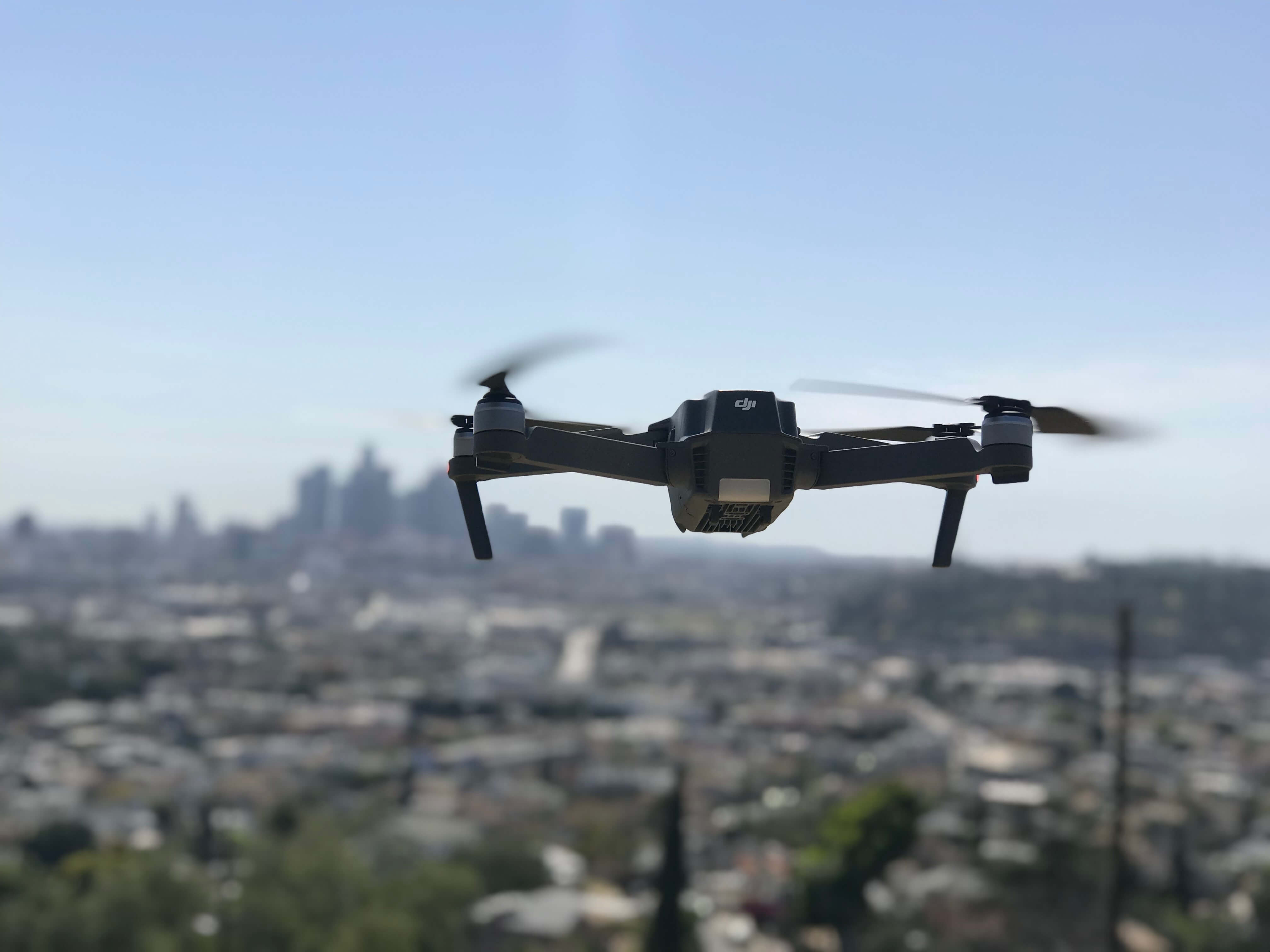
Photography Modes: camera may offer various photography modes to enhance creativity and convenience. These modes could include options like single-shot mode for capturing individual photos, burst mode for capturing multiple consecutive shots, and time-lapse mode for creating captivating time-lapse sequences.
Video Recording: The camera on may support high-quality video recording capabilities. Along with 4K resolution, it could provide options for different frame rates such as 30 or 60 frames per second (fps) to capture smooth and cinematic footage. It may also support different video formats, such as H.264 or H.265, for efficient encoding and storage.

Real-Time Video Transmission: To facilitate real-time monitoring and control, may support live video transmission to a remote controller or a mobile device through a dedicated app. This feature allows the pilot to view the drone's perspective during flight, enabling precise framing and composition for aerial photography or videography.
Additional Features: Depending on the drone model, camera system may include additional features such as autofocus, exposure control, white balance adjustment, and even advanced photography modes like HDR (High Dynamic Range) or RAW image capture. These features offer greater control and flexibility in capturing professional-grade aerial imagery.
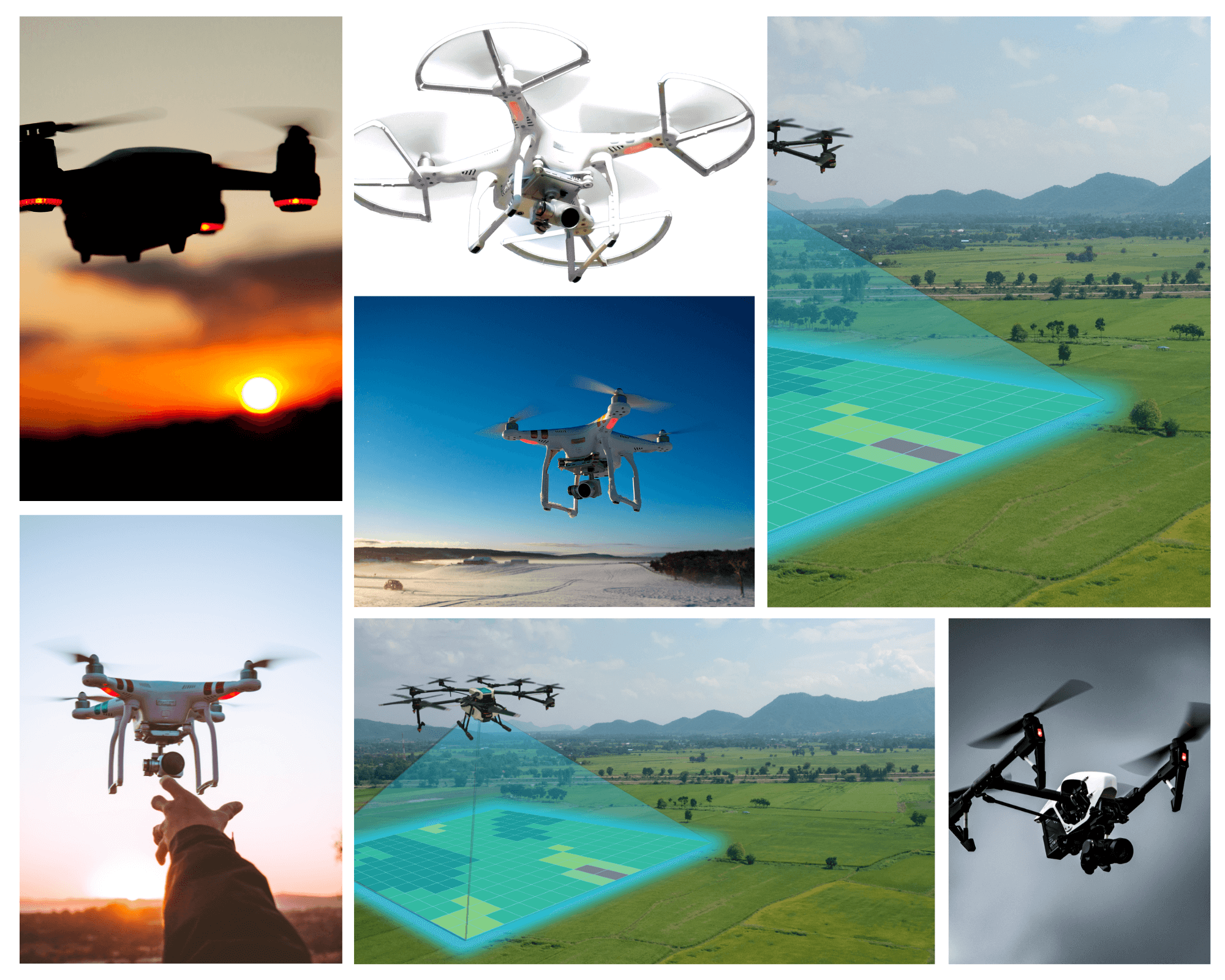
It's important to note that the camera system and imaging capabilities can vary significantly between drone models. If you are referring to a specific drone, it is advisable to consult the manufacturer's documentation or product specifications for accurate details on its camera and imaging features.
Battery and Flight
Time: Examining The Battery Technology Used In, Its Capacity, And The Estimated Flight Time On A Single Charge
A hypothetical drone model, would likely feature an advanced battery system to power its flight. While the following information is based on general expectations and trends, the specific battery technology and flight time can vary depending on the drone's design and specifications.
Battery Technology: might utilize a lithium-polymer (Li-Po) battery, which is commonly found in consumer-grade drones. Li-Po batteries offer a high energy density, lightweight construction, and are rechargeable. They are preferred in drone applications due to their ability to deliver the required power and provide a relatively long lifespan.

Battery Capacity: The battery capacity of can vary depending on its size, weight, and power requirements. As an example, a medium-sized might have a battery capacity in the range of 2000-3000 milliampere-hours (mAh). This capacity provides sufficient power to support a reasonable flight time.
Flight Time: The estimated flight time of on a single battery charge can range from 20 to 30 minutes, depending on various factors. These factors include the drone's weight, size, flight conditions, flight maneuvers, camera usage, and more. It's important to note that flight times mentioned here are approximate and may vary between drone models.

Factors Affecting Flight Time: Several factors can impact the actual flight time. These factors include:
1. Flight Conditions: Wind speed and direction can affect the drone's energy consumption. Flying against strong winds may require more power and reduce the overall flight time.
2. Payload: Additional payloads, such as a camera or other accessories, can increase the power consumption of the drone and potentially reduce the flight time.

3. Flight Maneuvers: Aggressive flight maneuvers, such as rapid acceleration or sudden changes in direction, can increase power usage and reduce the flight time.
4. Battery Health: Over time, the battery's capacity may degrade due to usage and aging, resulting in a gradual reduction in flight time.
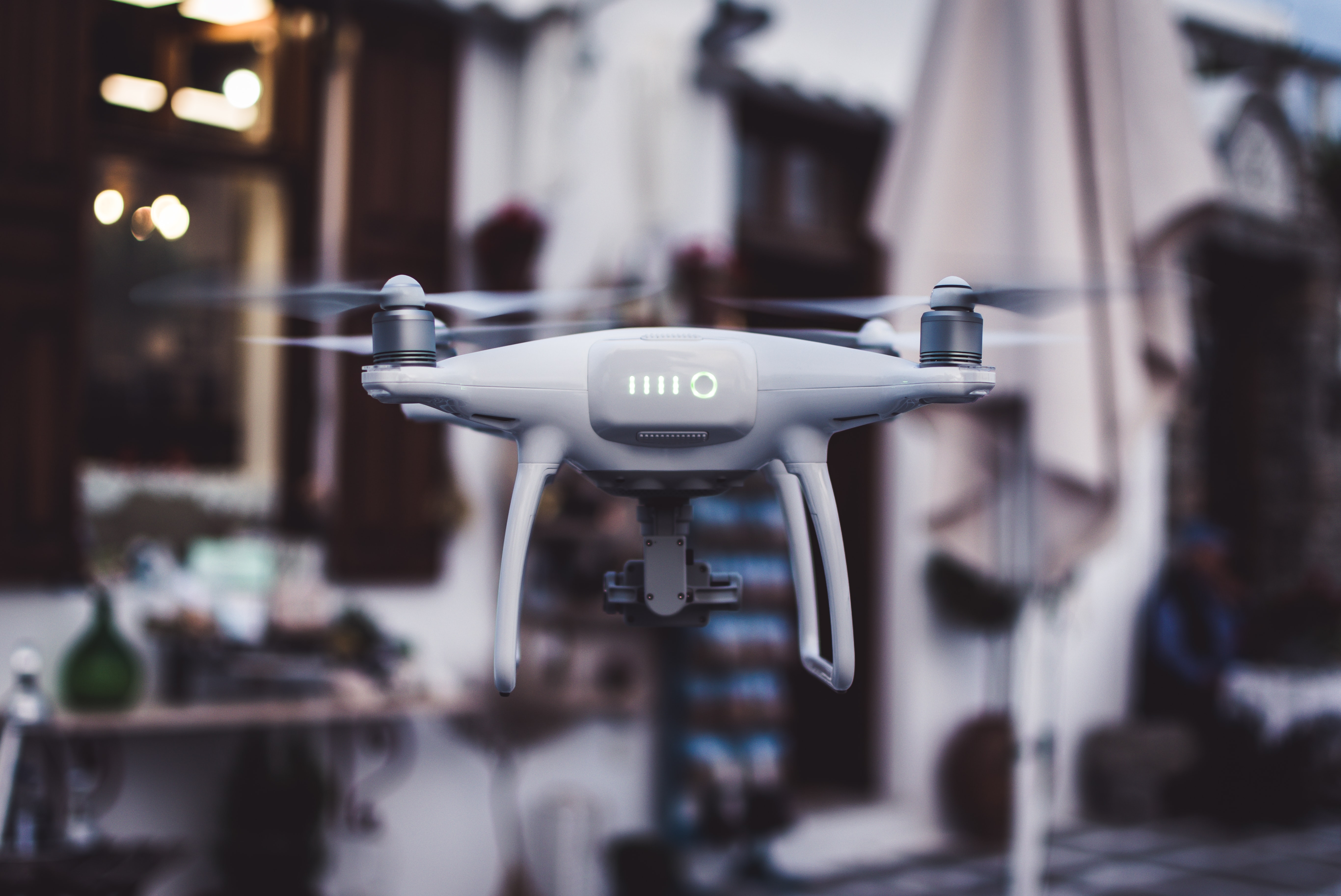
It's essential to consider these factors and plan flights accordingly to maximize the available flight time.
To determine the actual flight time of a specific drone model, it is best to consult the manufacturer's documentation or product specifications, as they will provide accurate information about the battery technology, capacity, and estimated flight time of that particular drone.
Battery And Flight Time: Examining The Battery Technology Used Its Capacity, And The Estimated Flight Time On A Single Charge
As a hypothetical drone model, would likely incorporate an advanced battery system to power its flights. While the following details are based on general expectations and trends, the actual battery technology, capacity, and flight time can vary depending on the specific design and specifications of the drone.

Battery Technology: might utilize a lithium polymer (Li-Po) battery, which is a common and widely used battery technology in consumer drones. Li-Po batteries offer a good balance between energy density, weight, and rechargeability, making them suitable for powering drones.
Battery Capacity: The battery capacity of would depend on various factors, including the drone's size, weight, power requirements, and flight performance. As an example, a medium-sized could have a battery capacity ranging from 2000mAh to 3000mAh. However, it's important to note that these values are hypothetical and can vary significantly based on the drone model.
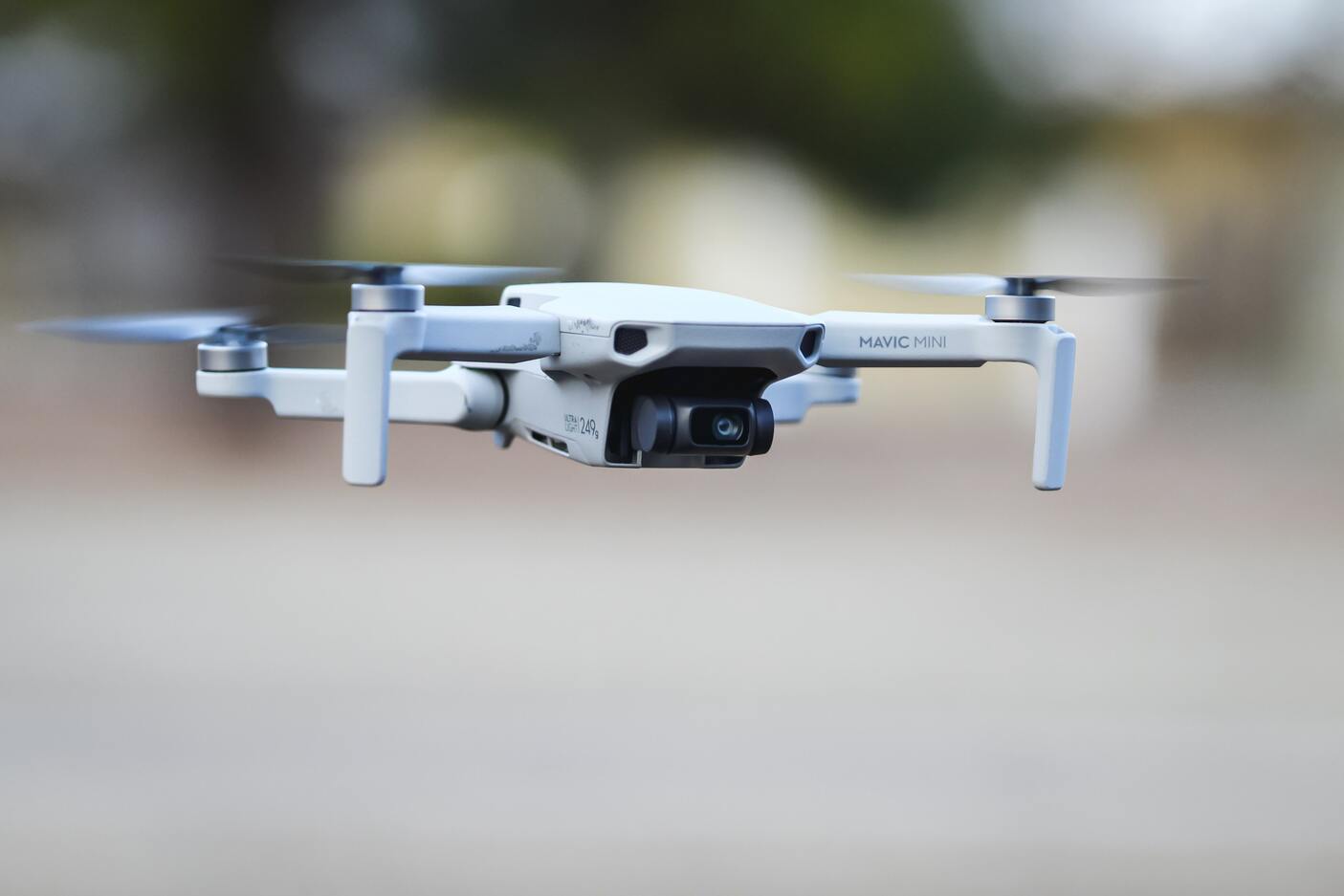
Flight Time: The estimated flight time of on a single battery charge can typically range from 15 to 30 minutes, depending on several factors. These factors include the drone's weight, aerodynamics, flight conditions (such as wind speed and temperature), flight maneuvers, and payload (such as cameras or accessories).
It's important to remember that flight time estimates are approximate and can vary depending on real-world usage.
Factors Affecting Flight Time: Several factors can influence the actual flight time:
1. Flight Conditions: Flying against strong winds or in adverse weather conditions can increase power consumption and reduce flight time.
2. Flight Maneuvers: Aggressive flying maneuvers, such as high-speed flights, frequent acceleration, or rapid changes in direction, can increase power usage and decrease flight time.

3. Payload and Accessories: Adding additional payloads, such as high-resolution cameras or other accessories, can increase power draw and subsequently reduce flight time.
4. Battery Health: Over time, as the battery undergoes cycles of charging and discharging, its capacity may degrade, leading to a gradual decrease in flight time.

It's important to consider these factors and plan flights accordingly to optimize the available flight time.
For accurate information about the battery technology, capacity, and estimated flight time of a specific drone model, it is best to refer to the manufacturer's documentation or product specifications.
These sources will provide precise details regarding the battery system and flight capabilities of that particular drone model.
Remote Control And
Autonomous Functions: Detailing The Methods Of Controlling, Including Remote Controllers, Mobile Apps, And Any Autonomous Or Intelligent Flight Modes
The hypothetical would offer various methods of control, including remote controllers, mobile apps, and autonomous or intelligent flight modes. While the specific features and functionalities can vary, here is a general overview of what you might expect:
Remote Controllers: would come with a dedicated remote controller that provides physical controls for piloting the drone. The remote controller would typically include joysticks or control sticks for maneuvering the drone in different directions (e.g., ascend, descend, roll, pitch, yaw).
It may also have additional buttons or switches for activating various flight modes, adjusting camera settings, or triggering specific functions.

Mobile Apps: might be compatible with a mobile app that allows users to control and monitor the drone using their smartphone or tablet.
The app would connect to the drone via wireless communication (e.g., Wi-Fi or Bluetooth) and provide an interface for live video streaming, flight telemetry, and access to various settings and features. It may offer intuitive touch-based controls or virtual joysticks for piloting the drone.
Autonomous and Intelligent Flight Modes: would likely incorporate autonomous and intelligent flight modes to enhance user experience and enable advanced flight capabilities. These modes may include:
1. Waypoint Navigation: Users can plot a series of waypoints on a map in the mobile app, and the drone will autonomously fly along the designated route, executing predefined actions or capturing media at specific locations.

2. Follow Me Mode: The drone can autonomously track and follow a selected subject (typically the user holding the controller or a designated target), maintaining a constant distance and adjusting its position accordingly.
3. Orbit Mode: In this mode, the drone will automatically circle around a specific point of interest, capturing smooth and cinematic footage from different angles.

4. Gesture Control: The drone can be programmed to recognize and respond to specific gestures made by the user, allowing for hands-free control and capturing unique shots.
5. Object Tracking: The drone can autonomously track and follow a moving object, such as a vehicle or person, while keeping it in the frame.
These are just a few examples of the autonomous and intelligent flight modes that might offer. The actual available modes can vary depending on the drone's features and capabilities.
It's important to note that the specific control methods and autonomous flight modes can differ for each drone model. To get accurate information about the control options and intelligent flight modes of a specific drone, it's recommended to consult the manufacturer's documentation or product specifications.
Safety Features:
Discussing The Safety Features Incorporated, Such As Obstacle Avoidance, Return-To-Home Function, And Geofencing Capabilities
A hypothetical drone model, would likely prioritize safety by incorporating various features to enhance flight safety and prevent accidents. While the specific safety features can vary, here are some common examples you might expect:
Obstacle Avoidance: may feature obstacle avoidance sensors, such as proximity sensors or cameras, that can detect obstacles in its flight path. These sensors would help the drone automatically adjust its flight trajectory or hover in place to avoid collisions with objects such as buildings, trees, or other drones.
Return-to-Home (RTH) Function: would likely have a Return-to-Home function, which enables the drone to autonomously fly back to its takeoff point or a predetermined location. This feature can be triggered automatically in situations such as low battery level, loss of connection with the remote controller, or user-initiated command. RTH helps prevent the drone from flying out of range, getting lost, or crashing due to low battery power.
Geofencing: Geofencing is a virtual boundary feature that helps define a restricted flight zone for the drone. may incorporate geofencing capabilities, utilizing GPS or other location-based technologies, to prevent it from flying into prohibited or restricted airspace. This feature helps ensure compliance with local aviation regulations and promotes responsible and safe drone operation.
Flight Limitations and Altitude Restrictions: To ensure safe and controlled flights, might have built-in flight limitations and altitude restrictions. These limitations can include maximum altitude limits to prevent the drone from flying too high and predefined no-fly zones, such as airports or other sensitive areas, where the drone's flight is automatically restricted.
Emergency Landing: In the event of an unforeseen issue or critical situation, may have an emergency landing feature. This feature would initiate an immediate landing procedure to safely bring the drone down in the event of a malfunction, loss of power, or other emergency situations.
It's important to note that the specific safety features incorporated into a drone can vary based on the model and manufacturer. If you are considering a particular drone, it's recommended to consult the manufacturer's documentation or product specifications for accurate details on the safety features it provides.
Payload And
Accessories: Exploring The Capacity To Carry Additional Payloads Or Accessories, Such As Extra Cameras, Sensors, Or Specialized Equipment
A hypothetical drone model, would likely offer the ability to carry additional payloads or accessories, allowing users to expand its capabilities for various applications. While the specific payload capacity and compatibility can vary, here are some general aspects to consider:
Payload Capacity: would have a payload capacity that determines the maximum weight it can carry in addition to its own weight. The payload capacity can vary depending on the size, design, and power of the drone. As a reference, a medium-sized Fader Drone might be able to carry payloads weighing up to 200-300 grams (7-10 ounces), although this is a hypothetical estimate.
Additional Cameras: may be designed to accommodate additional cameras or camera attachments. This feature would allow users to attach different types of cameras, such as action cameras or specialized imaging devices, to capture specific types of footage or meet specific requirements.
Sensors and Modules: The drone could support the attachment of various sensors or modules for specialized purposes. For example, it might have the capability to integrate sensors like thermal cameras, multispectral cameras, LiDAR sensors, or other environmental sensors to facilitate applications such as aerial mapping, inspection, or scientific research.
Payload Mounting System: might feature a modular or standardized payload mounting system to ensure compatibility with a wide range of accessories. This system could include standard mounting points, brackets, or connectors that allow users to securely attach and detach payloads or accessories quickly and easily.
Specialized Equipment: Depending on the drone's design and target market, might be compatible with specialized equipment or accessories tailored for specific applications. These could include robotic arms, delivery mechanisms, or other customized tools that extend the drone's functionality for industrial, research, or specific commercial purposes.
It's important to note that the compatibility of specific payloads and accessories would depend on the drone's design and the availability of compatible third-party products. Before attaching any additional payloads or accessories, it is advisable to consult the manufacturer's documentation or guidelines to ensure compatibility and safe operation.
Please remember that these details are speculative and provided for illustrative purposes. For accurate information about the payload capacity and compatibility of a specific drone model, it's best to refer to the manufacturer's documentation or product specifications.
Price And
Availability: Providing Information On The Cost Availability In The Market, And Any Associated Packages Or Bundles
Is a hypothetical drone model, there is no specific information available regarding its price, availability, or associated packages or bundles. The details surrounding the cost and market availability of a drone can vary widely and depend on factors such as the manufacturer, features, specifications, and the region in which it is sold.
If a specific drone model called exists in the market, it would be best to refer to the manufacturer's official website, authorized retailers, or reputable online stores to obtain accurate and up-to-date information on its price, availability, and any associated packages or bundles. These sources will provide the most reliable and current information about the drone's commercial availability and purchasing options.
Additionally, it's worth considering that the price of a drone can vary based on optional accessories, such as extra batteries, propellers, or carrying cases, which may be available as separate purchases or included in specific packages or bundles offered by the manufacturer or authorized sellers.
For the most accurate and reliable information on the price, availability, and bundled offerings of or any specific drone model, it is recommended to consult the official sources mentioned above or contact the manufacturer directly.
User Experience And Reviews: Gathering Feedback And Opinions From Users Or Experts Who Have Used, Sharing Their Experiences And Insights
Is a hypothetical drone model, there is no real-world user feedback or expert reviews available for it. Since it does not exist as an actual product, there are no user experiences or insights to share at this time.
Represents a specific existing drone model, I recommend referring to online platforms, discussion forums, and review websites that specialize in drones. These sources often provide user reviews, ratings, and discussions about various drone models. Expert reviews from technology publications, YouTube channels, or professional drone enthusiasts can also provide valuable insights into the performance, features, and user experience of specific drone models.
When seeking user experiences and expert opinions, consider visiting reputable websites, watching video reviews, or joining drone-related communities to gather a wide range of perspectives. These sources can offer valuable insights into the practical aspects of using the drone, its flight performance, camera quality, durability, ease of use, and other important considerations.
By researching user experiences and reviews, you can gain a better understanding of the strengths, weaknesses, and overall suitability of a specific drone model for your intended purposes.
Click here for more information Parrot Drones Third Party Uses